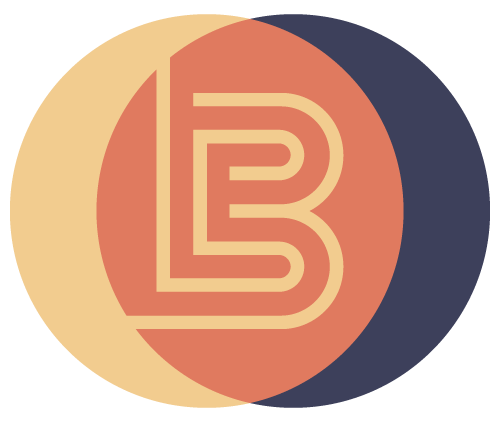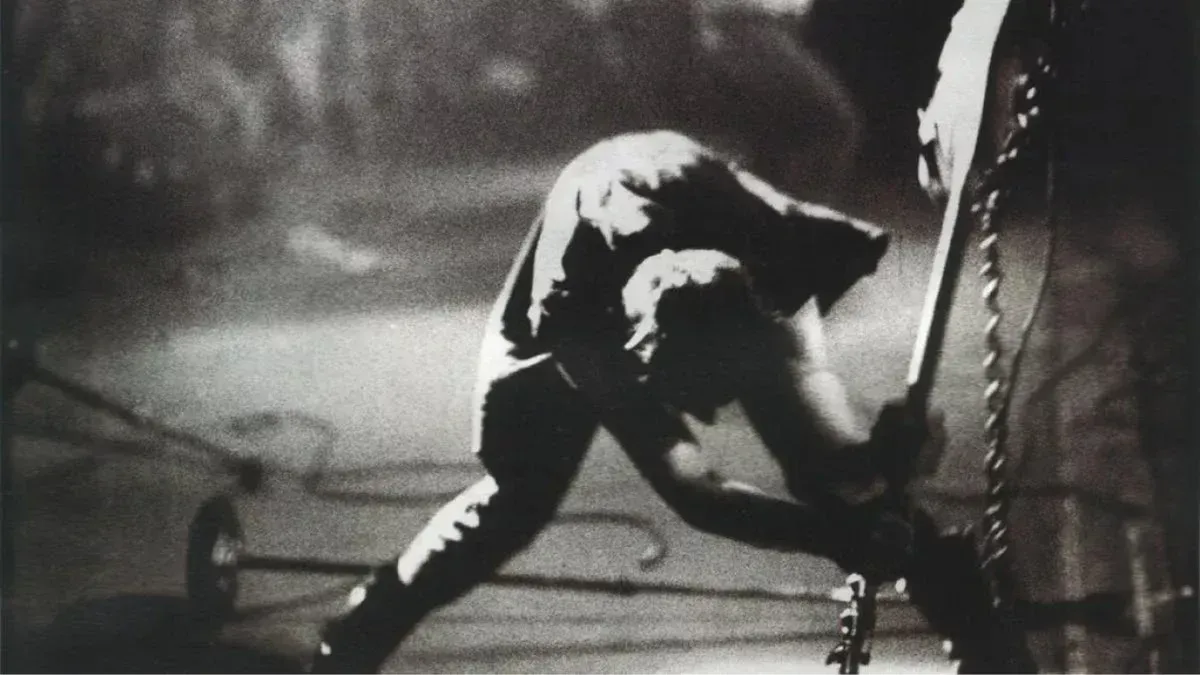Aligning Messaging with a Custom GPT: Consistency That Scales
By Becky Loring
One Brand. Too Many Voices.
If your marketing, product, sales, and CX teams all speak to the same audience, but not in the same voice, you’re not alone. Most companies struggle to maintain brand consistency as they grow. The cost of misalignment adds up quickly.
Disjointed messaging confuses prospects, erodes trust, and slows internal execution. It causes tension between teams and leads to repetitive rework that drains both time and morale.
This is not a minor formatting issue. It is a strategic problem.
Why Misaligned Messaging Hurts
When different departments tell different stories, buyers notice.
70%
of B2B buyers complete research before engaging sales
97%
of B2C consumers research online before purchasing
Internally, the impact is just as real:
23%
potential revenue gain from consistent brand presentation
$8M
in average annual losses from brand dilution
$13K
average cost per employee, per year due to burnout from rework
Why This Is So Hard to Fix
Fast-growing teams are under pressure to ship. Content gets rushed. Templates are reused. Sales decks go out unreviewed. CX teams write their own onboarding emails. While everyone is doing their best, the system often isn’t built to scale clarity.
Even the best collaboration tools can unintentionally amplify inconsistency when they lack structure. Brand teams become bottlenecks. Internal friction rises. And a brand that once felt sharp begins to feel scattered.
A Practical, Scalable Solution
A Custom GPT offers a new way forward.
This is a version of OpenAI’s ChatGPT trained specifically on your brand’s language, tone, and content standards. It acts as a centralized, searchable assistant that helps every team speak in one voice. It works across departments without requiring constant input from brand or creative.
This is not a replacement for your creative team. It is a tool that extends their influence and supports their work.
What It Can Do
A well-trained Custom GPT helps teams:
- Access consistent messaging instantly
- Draft aligned content for sales, support, and marketing
- Create on-brand emails, blurbs, FAQs, and social copy
- Reduce revisions, delays, and internal confusion
- Move quickly while maintaining brand clarity
How to Train a Custom GPT (No Dev Team Needed)
Setting up your own Custom GPT is simpler than most people expect.
- Visit chat.openai.com/gpts
- Click “Create a GPT” and follow the walkthrough
- Upload brand assets like tone guidelines, messaging docs, buyer personas, and sample templates
- Add clear instructions that define voice, audience, and what the GPT should or should not generate
- Test the GPT with real scenarios, such as drafting follow-up emails or writing product copy
- Iterate based on what works and continue refining over time
You do not need code. What you need is structure.
What Changes When You Use One
Once a Custom GPT is live and adopted, you’ll start to notice:
- Less back-and-forth between teams
- Clearer messaging across campaigns and channels
- Faster content development without creative sacrifice
- A stronger, more consistent experience from first click to renewal
Brand clarity becomes scalable. Internal friction begins to fade.
The Real Advantage Is Alignment
Consistency is not just a design choice. It is a strategic driver of growth, trust, and efficiency. When every team communicates with shared language, companies move faster and connect more deeply.
Custom GPTs help teams align without slowing down. They make the best parts of your brand accessible, repeatable, and scalable. Most importantly, they preserve what makes your voice distinct.



